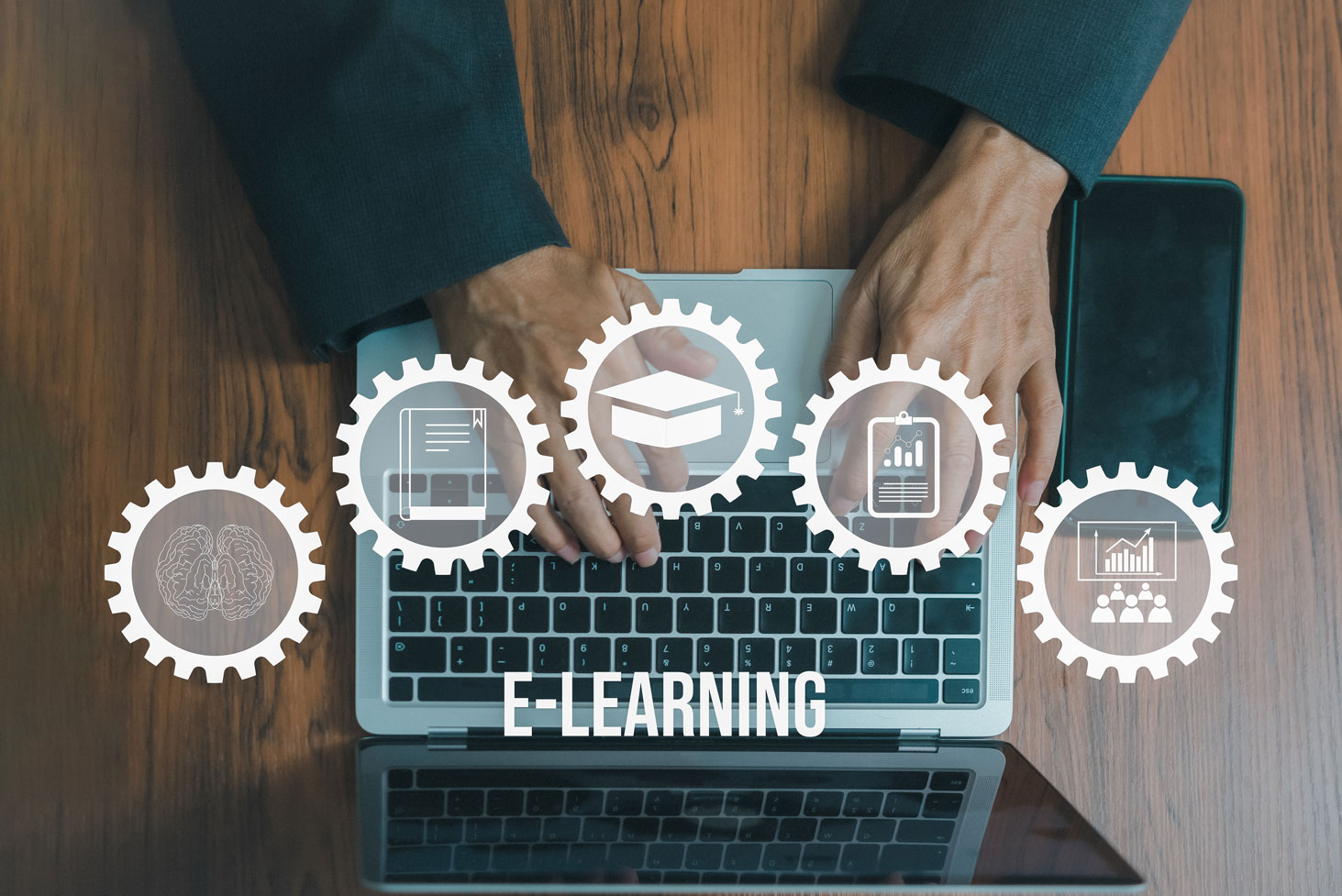Employee Onboarding: Setting New Hires Up for Success

Discover Strategies to Simplify Onboarding for You and Your New Starters
What is Employee Onboarding?
Employee onboarding, also known as induction or orientation training, is a structured process designed to help new hires become productive quickly. Through onboarding, new employees learn about your organization’s expectations and processes, allowing them to focus on their new roles effectively.
Onboarding programs introduce new hires to your company’s values, culture, core responsibilities, and essential procedures. This foundation boosts productivity, engagement, performance, and retention.
Give Your People a Warm Welcome
Kick-start new hire engagement with a Learning Management System (LMS) designed to help teams grow. [Learn more]
The Importance of Employee Onboarding
Effective onboarding is crucial for any business, regardless of size or industry. It helps integrate new employees seamlessly, avoiding low productivity, decreased engagement, and increased turnover.
Enhanced Productivity
Through onboarding, new hires gain the knowledge, training, and support needed to become productive team members quickly. Equipped with essential information, they can confidently start their roles and contribute effectively.
Deeper Engagement
Onboarding helps new hires acclimate and engage with your organization. By understanding expectations and resources, they become vital contributors to your company’s success, connecting with the culture and other team members.
Higher Retention Rates
Familiarity with the organization’s processes and values helps new hires settle in faster. Comfortable employees are productive and committed, leading to higher retention rates.
How Onboarding Benefits the Entire Business
Improved Productivity
Effective onboarding positively impacts organizational culture and productivity. It enables new hires to reach their full potential faster, ensuring smooth operations and saving time by providing necessary tools and processes upfront.
Enhanced Employee Engagement
With effective onboarding, new employees build confidence, proficiency, and positive work-related feelings. High job satisfaction and a strong company culture result from a strong start.
Increased Retention
A well-executed onboarding strategy significantly improves employee retention, helping new hires feel like valued team members and reducing turnover.
Strengthened Company Culture
Onboarding immerses new hires in your company’s values and operational culture from day one, enhancing performance, satisfaction, and overall attitude.
Improved Recruitment and Hiring
Effective preboarding and onboarding make new hires feel welcomed and comfortable, improving the recruitment process and reducing the likelihood of new hires seeking other opportunities.
Positive Impact on Customers
Happy employees lead to happy customers. With the right support and resources, employees perform their best, increasing customer satisfaction and loyalty.
Types of Employee Onboarding Training
- Formal Onboarding
- Social Onboarding
- Job-specific Onboarding
- Orientation Onboarding
- Virtual Onboarding
Formal Onboarding
Organized tasks and procedures help new employees adjust. Coordinated activities for orientation, training, and socialization pave the way for long-term success.
Social Onboarding
Focusing on the needs and experiences of new hires, social onboarding helps them connect with colleagues, managers, and the company culture, easing anxiety and encouraging bold, innovative contributions.
Job-specific Onboarding
Providing thorough training related to job tasks ensures new hires avoid mistakes and improve their hard skills, making them valuable assets.
Orientation Onboarding
An impressive orientation program, usually completed in a day, welcomes new hires, helps them complete paperwork, and familiarizes them with the organization’s structure, vision, mission, and values.
Virtual Onboarding
For remote or hybrid teams, virtual onboarding includes all necessary components conducted online, using HR software and eLearning platforms with videoconferencing.
What Should an Employee Onboarding Process Include?
Orientation and Introduction
Gather all necessary resources, conduct policy and compliance training, and provide a virtual office tour to make new hires feel valued and stress-free.
Clear Communication of Roles and Responsibilities
Clearly communicate specific responsibilities to avoid misunderstandings and operational delays, helping new hires integrate as team members sooner.
Training and Development
Provide continuous learning and development opportunities through training modules like compliance, cybersecurity, and job-specific training delivered via your LMS.
Support and Guidance
Offer support and guidance through mentoring, coaching, 1:1 sessions, peer discussions, and buddy systems to ease stress and frustration during the initial period.
Integration into the Company Culture
Ensure new hires understand the company’s structure, mission, vision, and values from the start, fostering loyalty, commitment, and engagement.
Performance Expectations and Feedback
Provide constructive feedback to new hires to help them improve their performance, using surveys, questionnaires, quizzes, and assessments via your LMS.
Onboarding Process and Responsibilities
HR Responsibilities
HR should facilitate onboarding by collecting documents, managing orientation programs, and ensuring compliance with rules and policies.
Hiring Manager
Hiring managers introduce new hires to the team, organize the onboarding strategy, and collect feedback to improve the process.
Training and Development
Provide clear manuals and guidelines, especially for technical assistance, to help new hires start their roles confidently.
Onboarding Process Metrics
- Time-to-Productivity: Measures the time new employees need to contribute effectively.
- Retention Rate: Indicates the success of the onboarding strategy in reducing turnover.
- Employee Satisfaction: Reflects engagement and happiness of new hires.
- Manager Satisfaction: Shows the effectiveness of the onboarding strategy from a managerial perspective.
- Time-to-Fill: Measures the efficiency of the hiring process.
- Cost per Hire: Calculates the cost of hiring and onboarding new employees.
Popular Onboarding Training Topics
Company Culture and Values
Clearly communicate your organization’s culture and values to new hires to ensure engagement and productivity.
Policies and Procedures
Introduce new hires to company policies and procedures in an engaging way to set clear behavioral expectations.
Job-specific Training
Provide necessary knowledge, tools, and resources for new hires to perform their roles confidently and effectively.
Workplace Health and Safety
Include essential training on compliance, cybersecurity, sexual harassment, and well-being to keep the organization and new hires safe.
Why Your Onboarding Process Needs an LMS

Centralized Training Platform
An LMS stores all training content in one place, allowing easy access and management of eLearning materials.
Customized Learning Paths
Offer flexible learning tailored to individual needs, improving engagement and effectiveness.
Online Training Modules
Provide efficient onboarding for remote hires, utilizing discussion boards, videoconferencing, gamification, and course libraries.
Integration with HRIS
Sync data, track training progress, and streamline the onboarding process with HRIS integration.
Mobile Access
Enable new hires to complete training modules on the go, ensuring convenience and accessibility.
Tracking and Reporting
Gather valuable onboarding data to optimize the process and ensure training success.




